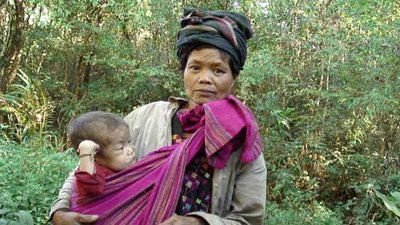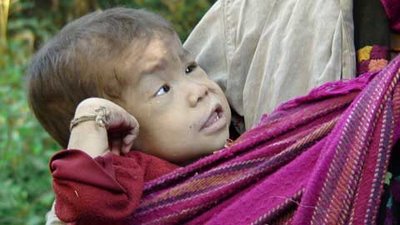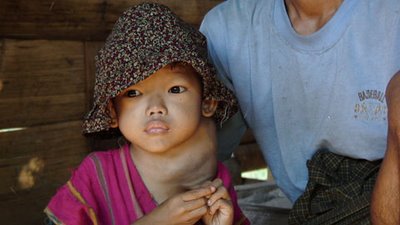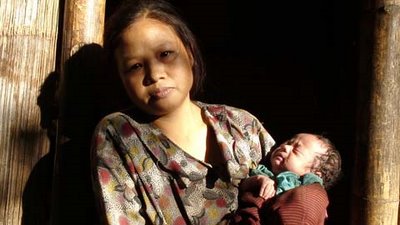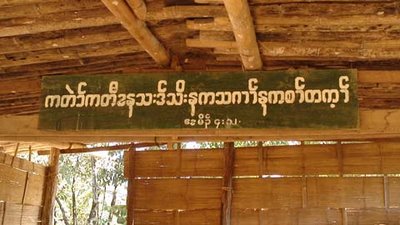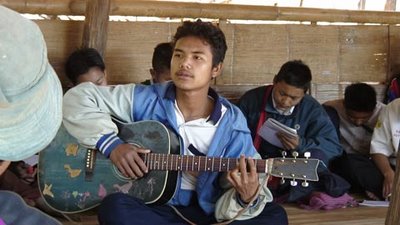


Today I went to the hospital and didn't find Lah Poh Say or his father. The hospital didn't inform me because I am not family. But I found out the results for the biopsy were positive for cancer. The agency that he was being cared for by said his prognosis for recovery was 50-60%. And that with such a prognosis there were too many other children with better prognoses ahead of him, so he was sent away. The only other option they gave him was to stay in a refugee camp and hope to go to a third country. The father told the agency he will return to his home, wife and other children, and Lah Poh Say will go with him. I can understand this because his family is so far away and for him to go back to get them and then return to the camp, and not wanting to be in a refugee camp to begin with... I told the doctors that I would like to get in touch with Saw Tah Dee, the father of Lah Poh Say, before he returns and tell him that we were willing to help with the costs, although I don't know how. They said he would need one year treatment of chemo-therapy in a stable environment, maybe five thousand dollars. So if Lah Poh Say's father will agree we would like to bring him back to Chiang Mai for the treatment at McKean Hospital, the 100 year old leprosy hospital that now treats other marginalized patients similar to Lah Poh Say. Please pray we can make this happen and this boy will survive.
 http://vimeo.com/channels/prayerofpeace
http://vimeo.com/channels/prayerofpeace
 http://vimeo.com/channels/prayerofpeace
http://vimeo.com/channels/prayerofpeace
 Prayer of Peace will screen in Tokyo on June 20th, "World Refugee Day", at the UN's Refugee Film Festival.
Prayer of Peace will screen in Tokyo on June 20th, "World Refugee Day", at the UN's Refugee Film Festival.
























